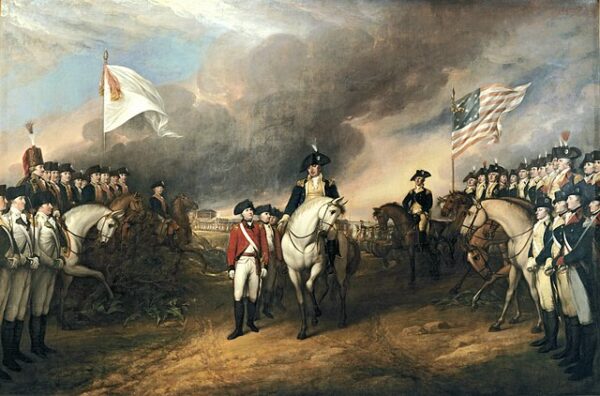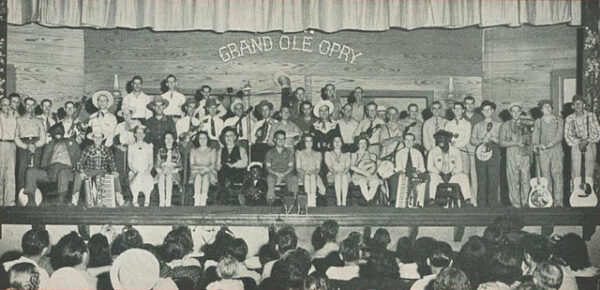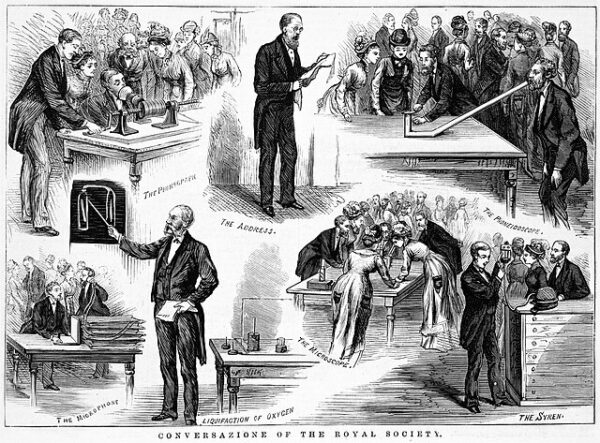Lord Dunmore’s bold proclamation in 1775 threw the American colonies into turmoil, forcing them to confront the deep contradictions between their ideals of freedom and their reliance on slavery. John Murray, better known as Lord Dunmore and the last Royal Governor of Virginia, issued a radical decree on November 7 that would be remembered as Lord Dunmore’s Offer of Emancipation. He promised freedom to enslaved people who escaped rebel masters and joined the British army, igniting hope among the enslaved and stoking fear among slaveholders. This landmark declaration marked the first mass emancipation attempt in North America, reshaping the colonial struggle for independence and entangling it with the question of human liberty.
The political atmosphere in Virginia was already tense by the time Dunmore’s proclamation was issued. Revolutionary fervor had reached a fever pitch, with skirmishes erupting between colonial militias and British forces. Dunmore’s duty as governor was to keep Virginia under British control, yet as revolutionary sentiments grew, his authority eroded, eventually forcing him to abandon the capital, Williamsburg, and take refuge on a British ship in Chesapeake Bay. From this position, Dunmore watched the rebellion unfold and saw an opportunity to undermine the colonial militias’ dependence on enslaved labor.
Dunmore’s proclamation was a calculated move aimed at weakening the rebel forces and spreading fear among Virginia’s slaveholding elite. By offering freedom to enslaved people who joined British ranks, he hoped to destabilize the economy and loyalty of the rebelling colonies. His declaration read, “I do hereby further declare all indentured Servants, Negroes, or others (appertaining to Rebels) free, that are able and willing to bear Arms, they joining His Majesty’s Troops as soon as may be, for the more speedily reducing this Colony to a proper sense of their duty.” For many enslaved Virginians, this unprecedented offer presented a path to liberation and the chance to fight for their freedom.
The proclamation spread quickly, causing waves of excitement and panic. Thousands of enslaved individuals braved the risks to reach Dunmore’s camp, despite the hazards of escape. By mid-1776, an estimated 800 to 2,000 people had joined British forces in pursuit of freedom. Those who succeeded formed the “Ethiopian Regiment,” a unit of formerly enslaved people who wore uniforms emblazoned with the words “Liberty to Slaves.” Their clothing symbolized their dual cause: loyalty to the British and a determined fight for their own liberation.
The psychological impact on the colonies was profound. For slaveholders, the proclamation threatened the very foundation of their economy and social structure. Many colonial leaders viewed it as a manipulative British tactic, fueling resentment and intensifying support for the Revolution. Some historians argue that Dunmore’s actions motivated many colonists to defend both their independence and the institution of slavery, which was deeply rooted in the Southern economy. In Virginia and beyond, the offer to the enslaved population amplified calls to arms, with Southerners viewing it as an attack on their way of life.
Despite its influence, Dunmore’s strategy faced challenges. The Ethiopian Regiment endured disease, harsh conditions, and limited resources, with many soldiers succumbing to smallpox. By 1776, Dunmore’s forces suffered defeat, forcing him to abandon Virginia. Though his campaign did not turn the tide of the Revolution, the legacy of his proclamation endured. It became a defining moment in America’s intertwined histories of slavery and freedom, exposing the complex relationship between race, power, and loyalty.
In the years that followed, Dunmore’s proclamation would be both celebrated and criticized, but its impact remained undeniable. It established an early example of emancipation as a wartime tactic and showcased the potential of enslaved people to fight for their freedom. This chapter of the American Revolution underscored the inherent contradiction of a movement seeking “liberty” while perpetuating slavery, planting seeds for future abolitionist movements and reshaping the course of American history.






